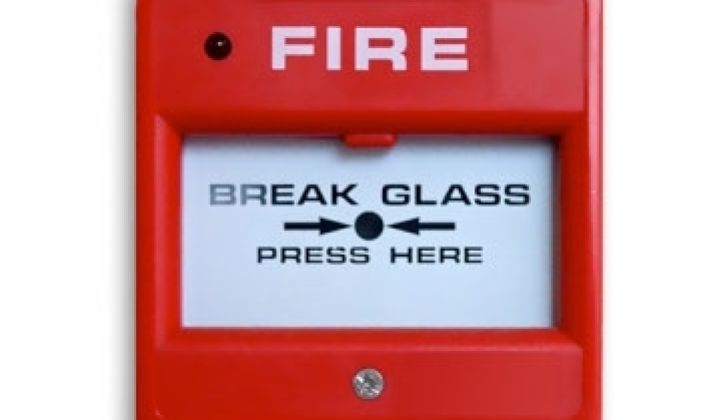There are dozens of companies vying for control of the home energy network.
Their technology doesn't differentiate them from one another that much. A nice display, some smart plugs, a thermostat, and a smart power strip is the core offering from many of these market entrants.
The prize might be won by the company with the right channel -- and to some extent, first mover advantage.
Alarm.com has captured some of this advantage in managing home energy -- it already has a residential security platform in 300,000 homes and can simply add an energy module to its existing set of services. The company also already has a radio product offering in many subscribers' homes. I spoke with Alison Slavin, VP of Product Management for Alarm.com.
Founded ten years ago to apply modern mobile technology to the old-fashioned home and small business security business, the company's security system can already determine the occupancy status of the home via a home sensor system. Armed with that knowledge, Alarm.com can adjust heating, cooling and lighting. From there, it's a relatively small step from home security to home energy intelligence. The firm's security customers already have a GSM radio for the security aspect -- they simply need to add a smart thermostat and they are ready to go.
Alarm.com does not use a broadband connection for communication; instead, they use a GSM-based cellular network. Slavin claims that this represents a more robust solution, saying, "[s]ecurity systems and energy systems are mission-critical and shouldn't share the home broadband connection."
The wireless protocol is based on the Z-wave radio standard, which Alarm.com claims is more prevalent for in-home devices like locks and thermostats, as opposed to ZigBee, which is ubiquitous in the smart meter realm. The firm claims that it has the flexibility to be able to convert or bridge from Z-wave to ZigBee.
What is the value of this home energy management piece? Here's the rub -- and a warning to the stand-alone energy management companies and their VC investors.
It turns out that Alarm.com's dealers and distributors actually have the option of providing the energy module at no additional charge. It simply serves as a value-added extra and customer-retention freebie. How do you compete against free?
Alarm.com sells their products through an existing network of security companies, ranging from mom-and-pop stores to larger outlets that typically bundle the security products for a monthly fee following an initial install and hardware purchase. The dealers can now sell an additional energy package, starting with just the thermostat/HVAC and eventually adding lighting. The dealers have control of pricing.
Most dealers will sell an alarm system with police and fire over POTS (plain old telephone service) for $30 to $35. The price for the Alarm.com system is in the $35-to-$49 range, and the price to add the energy piece -- this bears repeating -- can be nothing, depending on the dealer or as an add-on fee of anywhere from $2-$10 a month. If you're a home energy network startup, that just might be the scariest news you've ever heard.
***
Other vendors in and around this space (with links):
Energy Hub
Tendril Networks
PassivSystems
Control 4
iControl
OPower
EcoFactor



